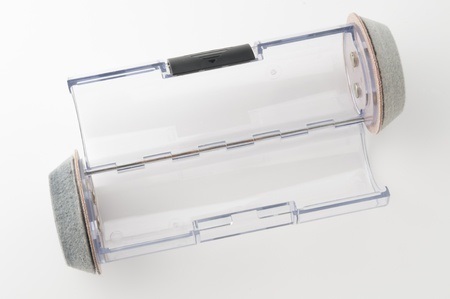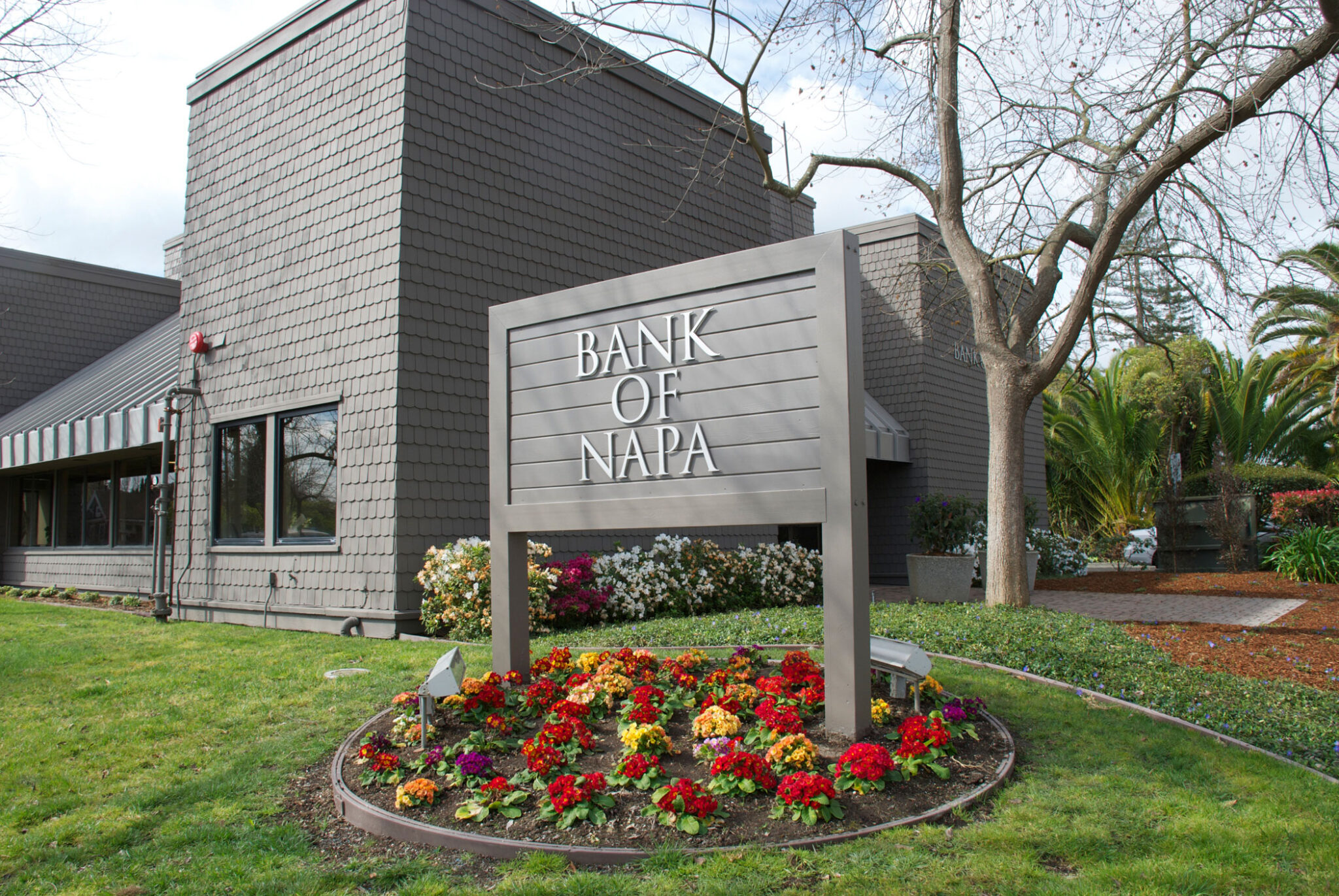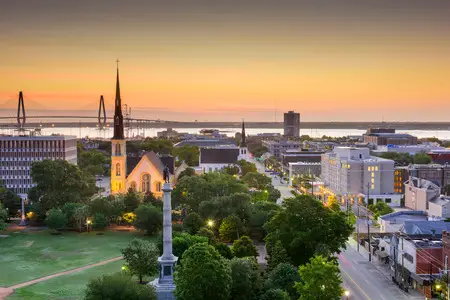De Novo Banks are Back & Looking for Investors
De novo banks are one of the more popular investments we follow. Several factors give investors a level of confidence that they aren’t just throwing their money on a startup with little chance to succeed. These include the high barriers to obtain a charter, the scrutiny of the FDIC, federal and/or state banking regulators, and the fact that funds are usually held in an escrow account and only released to the bank once a charter has been approved by regulators.
For several years, there were almost no de novo banks granted charters (and thus almost no opportunities for an investor to invest in de novo banks). The economy was doing terrible and the housing crisis was wreaking havoc on banks. The FDIC was extremely averse to approve new banks while it was still dealing with the minefield of sick and failing banks. Only 2 de novos were approved between 2010 and 2015. Recently, however, the FDIC has been reaching out to those seeking to start new banks with outreach meetings in several cities and is in the comment phase of publishing a new handbook for organizers. The FDIC is also encouraging new bank charters by reducing the strict supervisory period for de novo banks from 7 years back to 3 years.
Several banks have either recently formed or are in organization and looking to raise capital. Often an investor with as little as $5000 to invest can buy shares in de novo banks that are just forming. Many have voiced a preference to raise capital from local investors, founders, employees, friends and potential customers, but the reality is that many of them do accept outside capital from small private investors in other parts of the country. Some of these de novo banks include Blue Gate Bank in Costa Mesa, CA, Winter Park National Bank (in organization) in Winter Park, FL, Core Commercial Bank (in organization) in Newport Beach, CA, Endeavor Bank in San Diego, CA, SoCal Bank in Santa Ana, CA, and Cedar Stone Bank in Lebanon, TN.
Timing is critical when investing in de novo banks. One investor who invested in 4 banks just prior to the financial crisis noted that while all 4 are still in business, their return on investment has been marginal at best.





